Donation protected
Kowet Secondary School Construction
Preamble:
In 2013, a group of visionary villagers from Siaya district, Alego Kowet in rural, western Kenya, started a high school they called Kowet Secondary School. This is the area where my village is located. It is typical in Kenya for a family to have a city home (owned or rented) and a village home. The village is where a family's ancestral land, that has been passed down from generation to generation, is located. The rural areas (villages), due to lack of adequate resources, tend to lag way behind when it comes to development and services for residents. I grew up in the city and was privileged to attend some of the best schools in the country. Others in my village who grew up exclusively in this rural area did and still do not have that possibility. High school in Kenya is not free and asking a poor village kid to pay for it can be a massive financial burden to the family.
Previously, the closest high school from this area was 7 to 10 miles away. With poor or no transportation other than feet, this is a long distance for a student to travel to and fro, everyday. More time will be spent walking to school rather than being in school learning. More so, there is only a certain number of students that a given school can admit. This means that the not so lucky students will have to travel even further to look for high schools to attend.
The starting of Kowet Secondary was a game changer in the area. Poor families in my village now have a closer and affordable high school to send their kids to since the tuition fees are much lower here. Because it is foolhardy to depend on the government to solve every problem that we have in the area, community members, although most of them poor, raised funds amongst themselves to start building the school and hire the initial teachers. Being a member of this community myself, it has been an opportunity for me to give back to the society at a local level. The school is now in its 4th year of existence albeit with a lot of construction still ongoing and most building still being used in an incomplete state because of low funds. Despite these challenges, our aim is to hold classes so long as we have walls and a roof in most of our buildings. Everything else will have to come afterwards when more funds are available.
If it was not for this school, many of our girls and boys would still be going to work in farms after graduating from middle school (primary school). Some would still be leaving for the city to work as house maids. But even more worrying would be that some our bright girls in the area would still be getting married off at a young age (immediately after junior high) due to no further schooling options and being a financial "burden" on their poor families. Steadily, albeit with continuous financial difficulties, the school has filled a massive vacuum that impeded hundreds of local children from fulfilling their potential and reaching other possibilities beyond village lives, child brides, or as domestic help.
Where we are in 2017 and how you can support us:
We are happy to report that the first building, which was to be used for classes, is now in a usable state. We have the doors and windows installed and operable. Most of the flooring is done and students are now using the building. However, proper internal finishing has not been done as you will see from the accompanying pictures. It would be nice to have the internal walls plastered and painted but this is not a priority at this point.
Our aim was to start working on the second building to ensure that the classes are not way too crowded. This has been duly started. The building foundation and the perimeter wall are in place and work has commenced on putting up the roof. As soon as the roof is in place, most ninth graders (form 1) will be moved here to free up the first building from overcrowding. Windows, doors, flooring, and internal finishing will not be a priority at this point because of low funding. With limited funds, the priority will be to put up a roof over the students' heads.
We now have about four pit latrines complete and in a usable state. However, with a student population of almost 300 students, we are in need of more. Our aim is to put up at least six more to ensure a state of hygiene in the school. Through more funding we will be able to do this.
A section of the first block was partitioned and assigned as a teacher staffroom. This means that teachers will finally have a proper room to call an office compared to an earlier shack they called an office. These are great teachers that have been working under strenuous conditions to ensure bright and willing, but not so financially blessed students are able to make ends meet through schooling. A proper office will make their work easier.
We've also been able to complete a borehole (well) construction meaning students can now have some continuous supply of water. This will do for now but our goal is to eventually have clean, piped water.
With 90 students enrolling in the 9th grade (form 1), 49 in 10th grade(form 2), 88 in the 11th grade (form 3) and 61 in 12th grade (form 4), the school has now met the conditions that was set by the government for approval. This was done last year and is a major milestone. It will mean that the steady increase in the number of teachers to the school will continue. A lower student to teacher ratio will ensure an increased quality of education by Kowet. The year 2017 will be a particularly important year for the school because the first bunch of student will be seating the Kenya Certificate of Secondary Education exam, https://en.wikipedia.org/wiki/Kenya_Certificate_of_Secondary_Education. This is a major exam that determines the eligibility of students in joining universities in the country. Our hope will be that most students in the school will get good grades to enable them continue into university.
As can be seen, we have made tremendous progress since 2013. To continue in this vain and to enable the school to complete most of the projects it has started, we need a continuous supply of funding, which we are currently low on. Individual donations, some from teachers' pockets, have formed the cornerstone of the school's limited funds. It is again individuals that we are calling upon to stand with us. There is no contribution that is too small:
$ 10 can buy us a 110 lb bag of cement
$ 50 could buy us 10 pieces of roofing timber
$ 70 could buy us a truck of sand (4 tons)
$ 80 could buy us a truck of ballast/ gravel (kokoto)
$100 could buy us 20, 6 X 3 corrugated iron sheets (tin roof) for roofing.
$ 100 could buy us 1000 bricks
$ 200 could buy all materials and meet all the labor cost in putting up a gate at the school
Please buy us any of these materials by contributing via the gofundme link that has been provided.
No donation is too small. $ 5, $ 10 or $ 100 will all make massive difference.
Education is the most powerful weapon which you can use to change the world -Nelson Mandela
More on Kowet Secondary School Construction Project
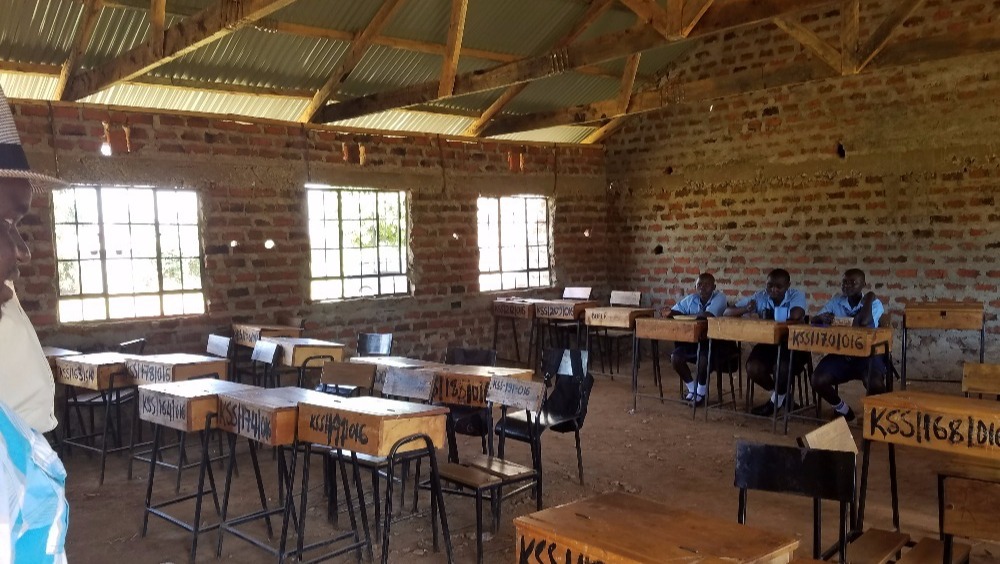
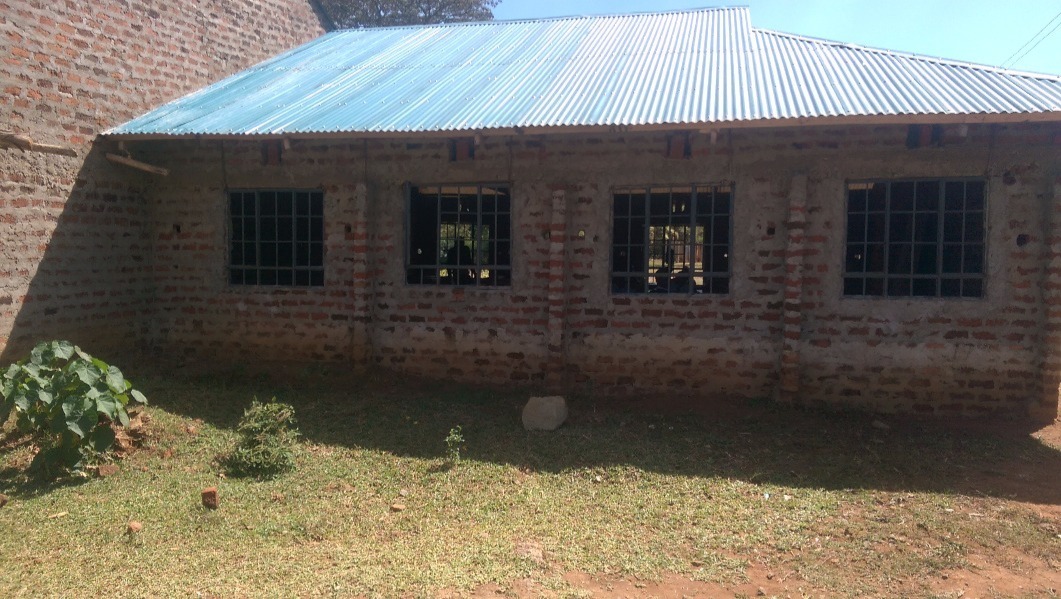

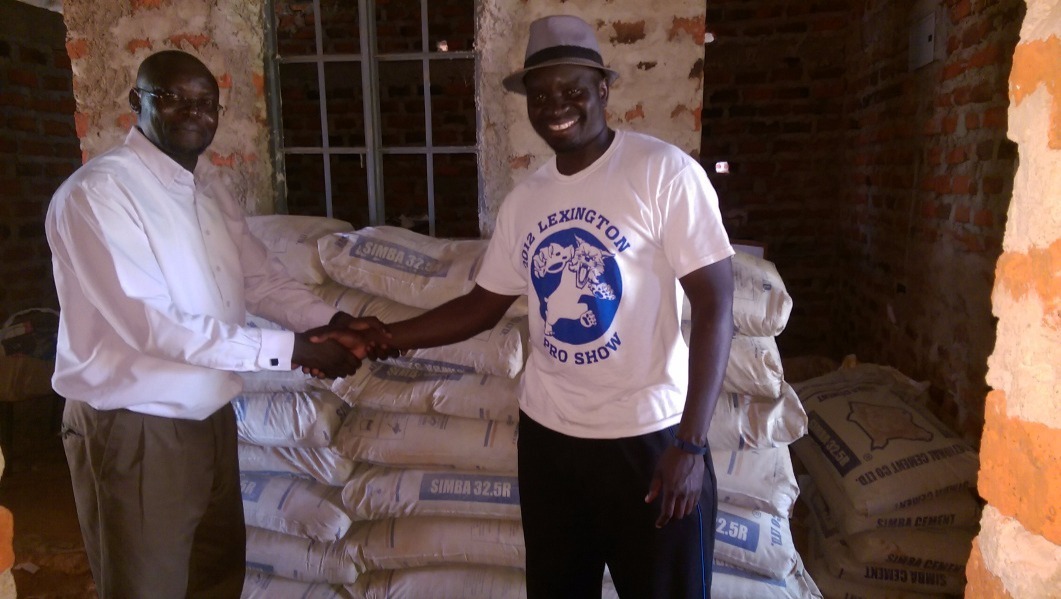
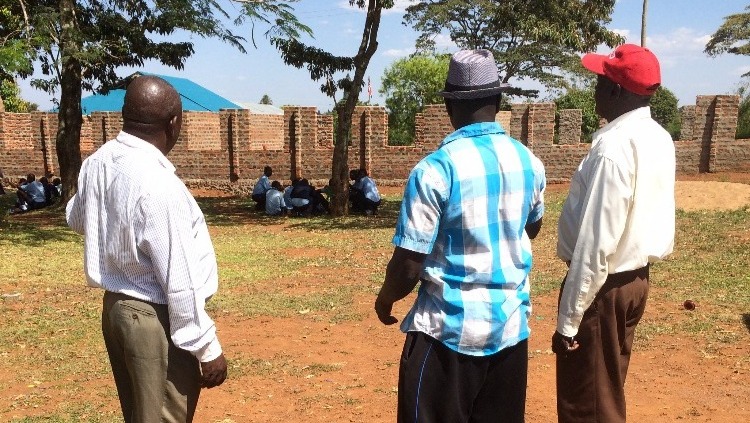
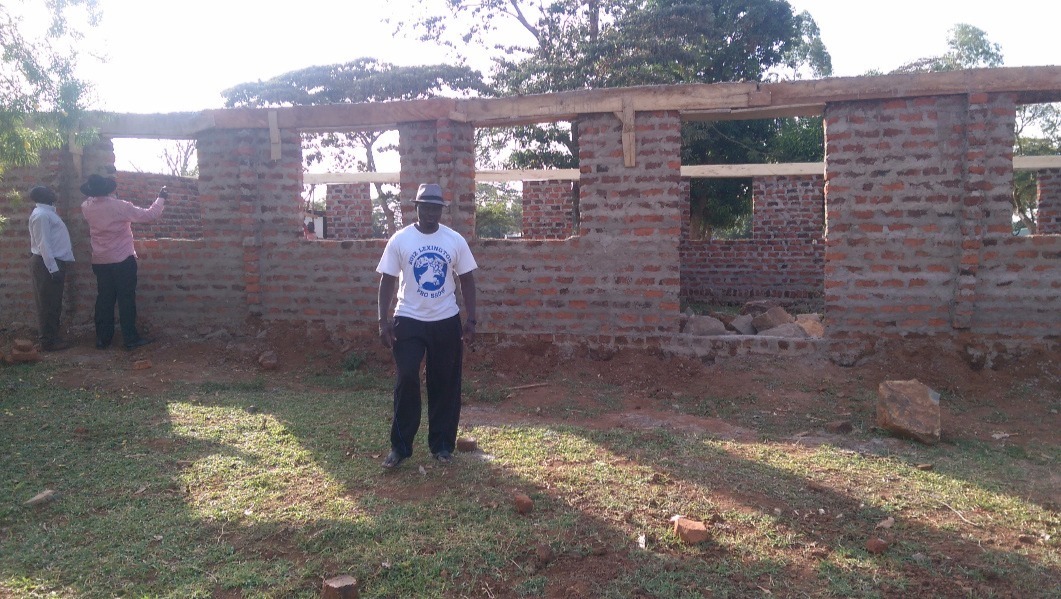
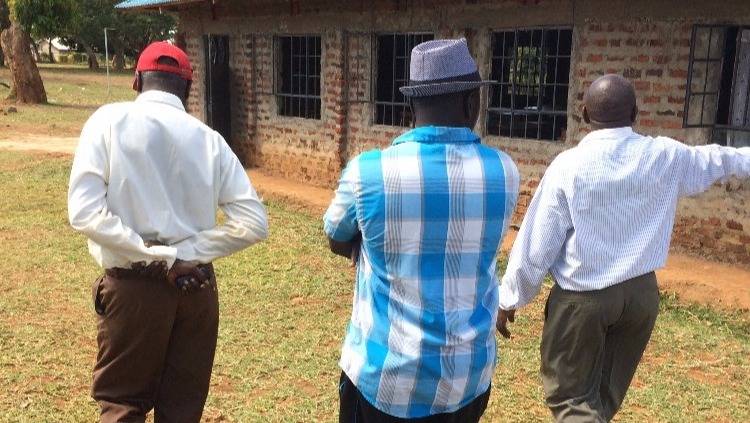
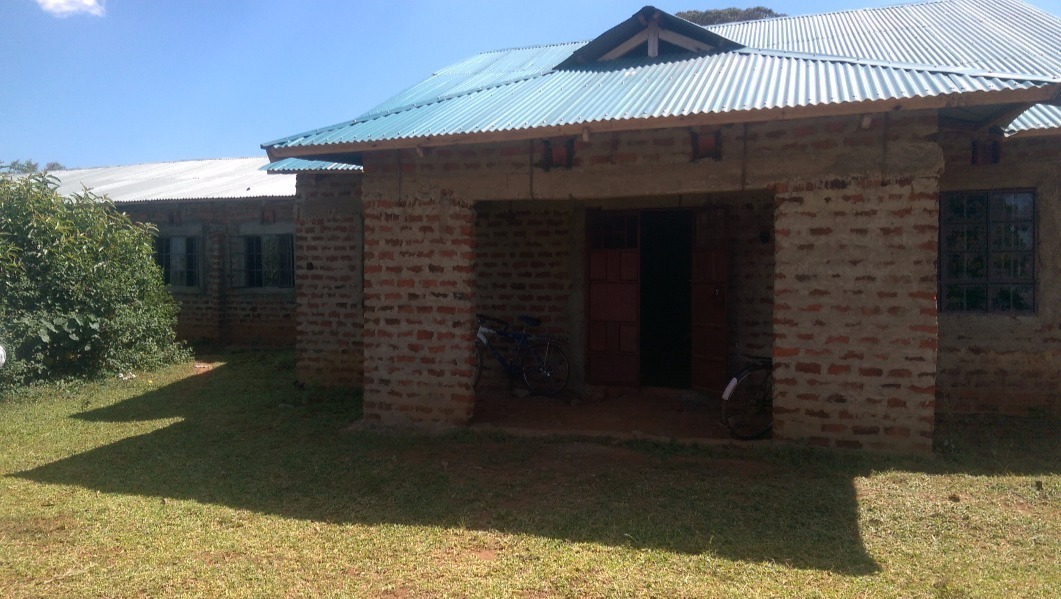
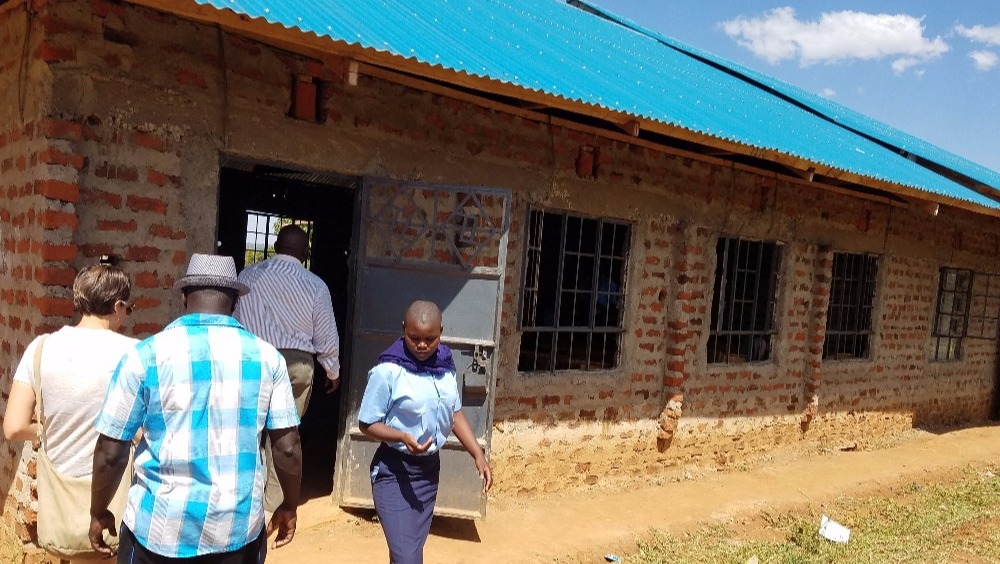
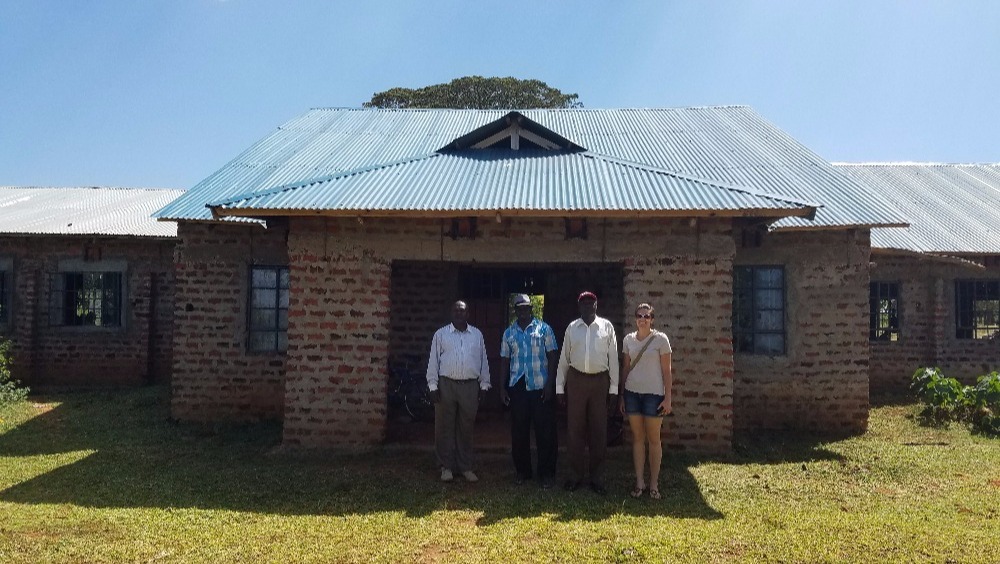
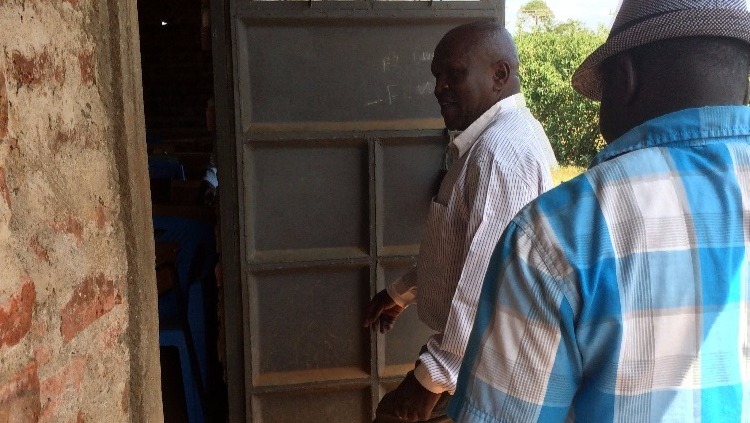
Preamble:
In 2013, a group of visionary villagers from Siaya district, Alego Kowet in rural, western Kenya, started a high school they called Kowet Secondary School. This is the area where my village is located. It is typical in Kenya for a family to have a city home (owned or rented) and a village home. The village is where a family's ancestral land, that has been passed down from generation to generation, is located. The rural areas (villages), due to lack of adequate resources, tend to lag way behind when it comes to development and services for residents. I grew up in the city and was privileged to attend some of the best schools in the country. Others in my village who grew up exclusively in this rural area did and still do not have that possibility. High school in Kenya is not free and asking a poor village kid to pay for it can be a massive financial burden to the family.
Previously, the closest high school from this area was 7 to 10 miles away. With poor or no transportation other than feet, this is a long distance for a student to travel to and fro, everyday. More time will be spent walking to school rather than being in school learning. More so, there is only a certain number of students that a given school can admit. This means that the not so lucky students will have to travel even further to look for high schools to attend.
The starting of Kowet Secondary was a game changer in the area. Poor families in my village now have a closer and affordable high school to send their kids to since the tuition fees are much lower here. Because it is foolhardy to depend on the government to solve every problem that we have in the area, community members, although most of them poor, raised funds amongst themselves to start building the school and hire the initial teachers. Being a member of this community myself, it has been an opportunity for me to give back to the society at a local level. The school is now in its 4th year of existence albeit with a lot of construction still ongoing and most building still being used in an incomplete state because of low funds. Despite these challenges, our aim is to hold classes so long as we have walls and a roof in most of our buildings. Everything else will have to come afterwards when more funds are available.
If it was not for this school, many of our girls and boys would still be going to work in farms after graduating from middle school (primary school). Some would still be leaving for the city to work as house maids. But even more worrying would be that some our bright girls in the area would still be getting married off at a young age (immediately after junior high) due to no further schooling options and being a financial "burden" on their poor families. Steadily, albeit with continuous financial difficulties, the school has filled a massive vacuum that impeded hundreds of local children from fulfilling their potential and reaching other possibilities beyond village lives, child brides, or as domestic help.
Where we are in 2017 and how you can support us:
We are happy to report that the first building, which was to be used for classes, is now in a usable state. We have the doors and windows installed and operable. Most of the flooring is done and students are now using the building. However, proper internal finishing has not been done as you will see from the accompanying pictures. It would be nice to have the internal walls plastered and painted but this is not a priority at this point.
Our aim was to start working on the second building to ensure that the classes are not way too crowded. This has been duly started. The building foundation and the perimeter wall are in place and work has commenced on putting up the roof. As soon as the roof is in place, most ninth graders (form 1) will be moved here to free up the first building from overcrowding. Windows, doors, flooring, and internal finishing will not be a priority at this point because of low funding. With limited funds, the priority will be to put up a roof over the students' heads.
We now have about four pit latrines complete and in a usable state. However, with a student population of almost 300 students, we are in need of more. Our aim is to put up at least six more to ensure a state of hygiene in the school. Through more funding we will be able to do this.
A section of the first block was partitioned and assigned as a teacher staffroom. This means that teachers will finally have a proper room to call an office compared to an earlier shack they called an office. These are great teachers that have been working under strenuous conditions to ensure bright and willing, but not so financially blessed students are able to make ends meet through schooling. A proper office will make their work easier.
We've also been able to complete a borehole (well) construction meaning students can now have some continuous supply of water. This will do for now but our goal is to eventually have clean, piped water.
With 90 students enrolling in the 9th grade (form 1), 49 in 10th grade(form 2), 88 in the 11th grade (form 3) and 61 in 12th grade (form 4), the school has now met the conditions that was set by the government for approval. This was done last year and is a major milestone. It will mean that the steady increase in the number of teachers to the school will continue. A lower student to teacher ratio will ensure an increased quality of education by Kowet. The year 2017 will be a particularly important year for the school because the first bunch of student will be seating the Kenya Certificate of Secondary Education exam, https://en.wikipedia.org/wiki/Kenya_Certificate_of_Secondary_Education. This is a major exam that determines the eligibility of students in joining universities in the country. Our hope will be that most students in the school will get good grades to enable them continue into university.
As can be seen, we have made tremendous progress since 2013. To continue in this vain and to enable the school to complete most of the projects it has started, we need a continuous supply of funding, which we are currently low on. Individual donations, some from teachers' pockets, have formed the cornerstone of the school's limited funds. It is again individuals that we are calling upon to stand with us. There is no contribution that is too small:
$ 10 can buy us a 110 lb bag of cement
$ 50 could buy us 10 pieces of roofing timber
$ 70 could buy us a truck of sand (4 tons)
$ 80 could buy us a truck of ballast/ gravel (kokoto)
$100 could buy us 20, 6 X 3 corrugated iron sheets (tin roof) for roofing.
$ 100 could buy us 1000 bricks
$ 200 could buy all materials and meet all the labor cost in putting up a gate at the school
Please buy us any of these materials by contributing via the gofundme link that has been provided.
No donation is too small. $ 5, $ 10 or $ 100 will all make massive difference.
Education is the most powerful weapon which you can use to change the world -Nelson Mandela
More on Kowet Secondary School Construction Project











Organizer
Victor Obonyo
Organizer
Lexington, KY
